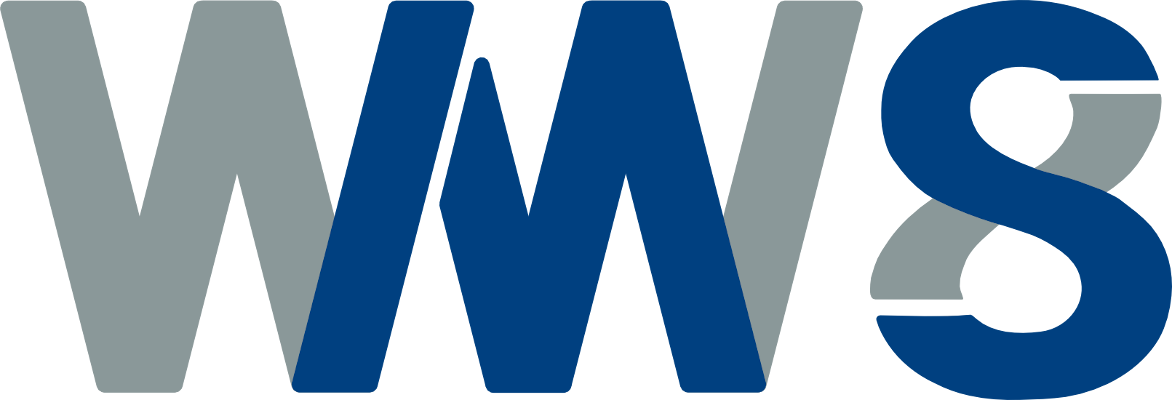Curvature effects on the plastic behavior of metals as studied by atomistic simulations
Arun Prakash
WW1, FAU Erlangen-Nürnberg
Wednesday, 01. July 2015, 17:15
WW8, Room 2.018-2, Dr.-Mack-Str. 77, Fürth
Atomistic simulations have now established themselves as a valuable tool in advancing our understanding of the deformation behavior of metallic materials. Such simulations have led to unprecedented insights into the role and interplay of grain boundary and dislocation processes, dislocation interface interactions, and in general, defect-defect interactions that govern metal plasticity. To date, most such simulations are performed using artificial microstructures that often involve quasi-2D geometries with perfectly planar interfaces and/or periodic boundary conditions. The need for such well controlled simplified simulation setups cannot be entirely demerited, as they are often required for the determination of quantitative data, like e.g. obstacle strength, dislocation drag coefficient etc. However, such simplified setups can often lead to inhibition of important deformation mechanisms.
In this work, we investigate the influence of curvature on the deformation behavior and plasticity of both single and polycrystalline materials. First we look into the interaction of channel dislocations with γ’ precipitates in a Ni-base superalloy. To this end, we use a novel approach that facilitates the reconstruction of experimental microstructures obtained from atom probe tomography (APT). This APT informed sample reveals interaction mechanisms that have previously not been observed in simulations with planar interfaces, like e.g. collinear reaction and knitting out of misfit dislocations.
In the second part of the talk, we look into the deformation behavior of nanocrystalline aluminium with different grain boundary (GB) topologies. We observe that simulations with Voronoi structures lead to an overestimation of GB mediated deformation, in comparison to structures with realistic GB curvature. Furthermore, the presence of curved GBs leads to the activation of twinning in multiple grains, a feature not observed in the Voronoi structures with planar GBs. In addition to the detailed study of the deformation mechanisms in the different samples used, we perform a statistical analysis of various quantities that drive plastic deformation and discuss their relevance in the development of mesoscale models.

